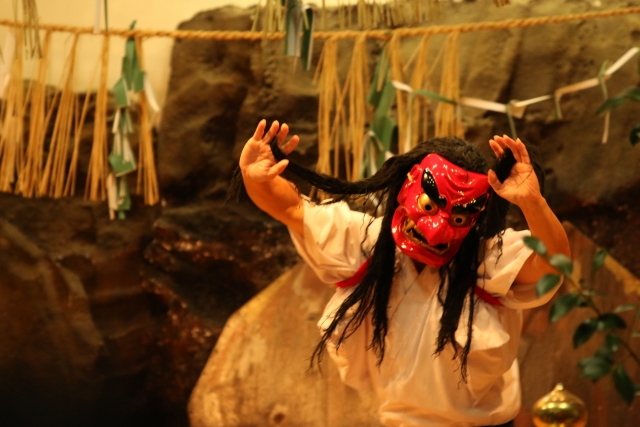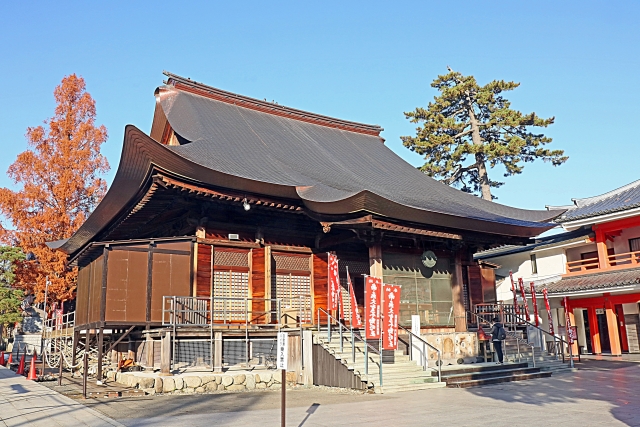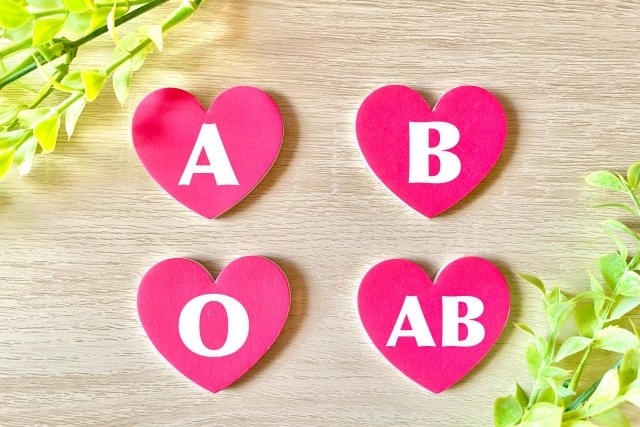Yamaguchi Prefecture is home to the “Iwakuni Base,” where nearly 10,000 U.S. military personnel and their families live.
There are also more than 17,000 foreign residents in the prefecture, and even though it is a rural area, it is a fusion of different cultures.
In many cases, foreigners living in Yamaguchi Prefecture are not only interested in the Japanese language, but also in the unique customs of the prefecture.
Although it is a rural area and therefore somewhat lacking in terms of “convenience,” it is a very attractive prefecture because of its various customs and characteristics.

Click here to learn Japanese language with the best one-on-one Japanese tutoring lessons in online.
Therefore, in this article, we would like to explain the “unique customs of Yamaguchi Prefecture” that such Iwakuni base and foreigners living in the prefecture should know.
Contents
Yamaguchi Prefecture’s Prefectural Characteristics
Before I list the customs, let me mention the citizenship of Yamaguchi Prefecture.
It is said that many people in Yamaguchi Prefecture have a very loyal and humane character.
Therefore, they are kind to their family, friends, and colleagues.
Furthermore, because they are very serious, many of them do not neglect their work and family life, and are sincere in their approach to their work.
People living in Yamaguchi Prefecture, which is rich in nature, are born with an attitude of living in harmony with nature.
There are many foreigners living in Yamaguchi Prefecture, and even before Corona, about 400,000 foreign tourists visited Yamaguchi Prefecture, so there are few barriers or prejudices against foreigners.
Incidentally, Yamaguchi Prefecture is known as a comfortable prefecture to live in, with little wind and water damage and itself.
Yamaguchi Prefecture’s unique customs
Yamaguchi Prefecture residents tend to cherish local traditions and customs from generation to generation, and because of this, there are many customs from long ago that have not fallen into disuse and have been handed down to the present day.
Let us take a look at some specific examples.
Traditional performing arts have been passed down from generation to generation
Yamaguchi Prefecture is home to a wide variety of traditional performing arts.
These traditional performing arts are still performed at shrines and festivals.
- Heike Odori Dance (Shimonoseki City)
The Heike clan was chased from Kyoto to Shimonoseki by the Minamoto clan and ended up in Shimonoseki.
The “Heike Odori” dance has been handed down as a memorial service for the Heike who were defeated in this final battle.
Today, it is a fusion of dances from all over Japan.
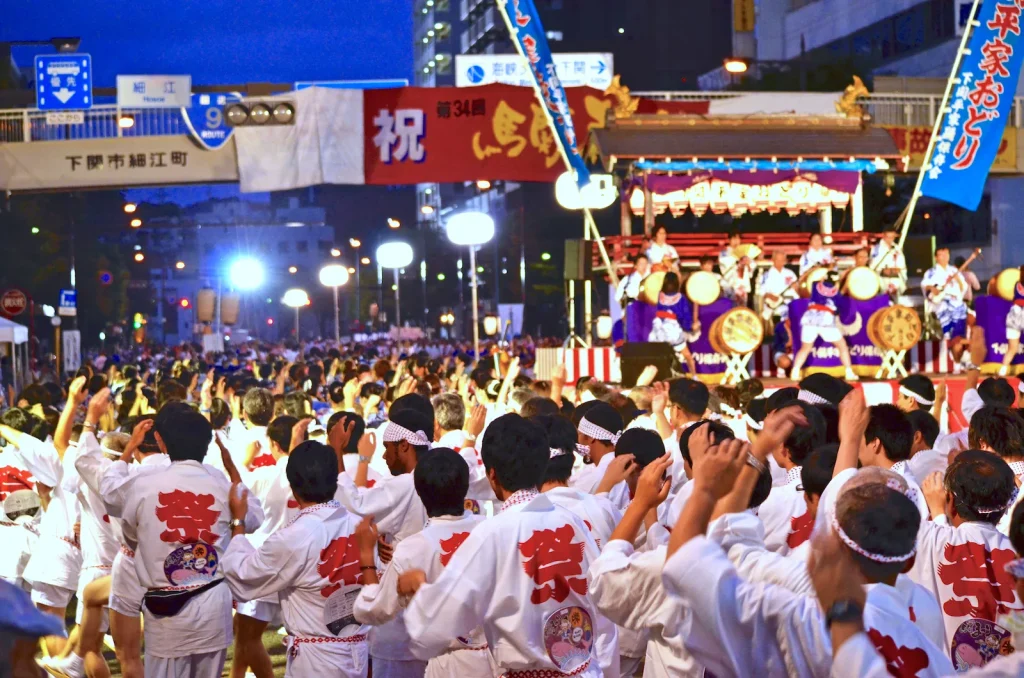
- Iwato Kagura Dance (Ube City)
This kagura dance is performed in front of the shrine deity at the Nidoso District Public Hall on the eve of the Tenjin Festival.
The Iwato Kagura Mai ceased to exist in 2008, but was fully restored in 2020.
- Ube Nanban Ondo (Ube City)
Ube City is famous not only for its kagura dances, but also for its “Ube Nanban Ondo,” or “Southern music dance.
It is performed not only at the Ube Festival but also at other events.
Other traditional performing arts include Yamaguchi City’s “Twelve Dances,” “Tokuchi Ningyo Joruri,” “Fushi no Iwato Taiko,” “Yamaguchi Sagi-ryu Kyogen,” and many others, which have survived into the modern age.
Eating Whale on Setsubun
In Japan, February 3 is considered “Setsubun,” or “Setsubun day,” and there are customs such as scattering beans and eating ehomaki (rolls with a bean-jam filling).
In Yamaguchi Prefecture, however, there is an additional custom of eating whale.
It is true that westerners do not have a favorable impression of whale, but it is also true that whale is very tasty as sashimi or deep-fried fish.
Although there is an image that non-Japanese do not eat whale, there are actually people who eat whale in Iceland, Norway, the United States, Russia, Denmark, and other countries.
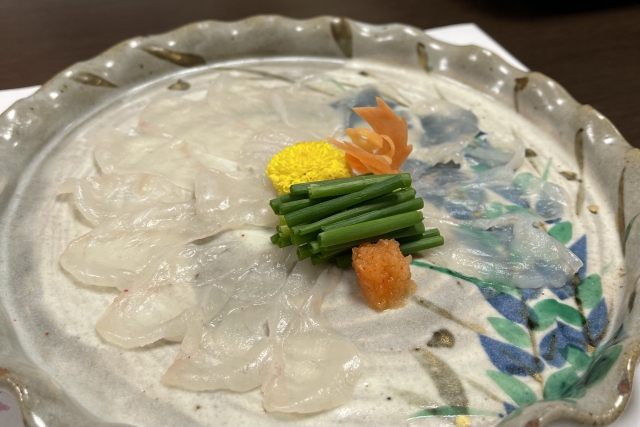
Delicious seafood such as pufferfish and anglerfish
When one thinks of Yamaguchi Prefecture, many people think of “fugu” (blowfish).
Although foreigners may recognize pufferfish as a poisonous creature, Japan has a pufferfish cooking license system, and pufferfish dishes are safe to eat in restaurants and other places.
Fugu sashimi, or puffer fish sashimi, is a great dish that tastes better the more you chew it. You can also enjoy other attractive menu items such as deep-fried puffer fish, puffer fish hot pot, fillet sake, and puffer fish milt.
The area also boasts one of Japan’s top catches of anglerfish, hamo, kensaki squid, and amadai.
Various seafood restaurants are open around the port town, where you can find the best tastes.
If you have never tried anglerfish hot pot, deep-fried anglerfish, hamo shabu, kensaki squid sashimi, or braised amadai, you are in for a treat.
You will enjoy these delicacies that will make your cheeks fall off.
Actually, the meat is also very attractive.
Yamaguchi Prefecture has a strong image of seafood, with puffer fish at the top of the list, but its meat is actually quite appealing as well.
Beef brands such as “Mishima Beef” and “Mukaku Wagyu Beef” are the most delicious.
And we recommend “brand-name chicken.
Choshu Dori” and “Choshu Kuro Kashiwa” are especially recommended, and their plump texture and rich taste are definitely worth a try.

Conclusion
In this article, we have described “Yamaguchi Prefecture’s unique customs” that foreign residents of Iwakuni Air Base and the prefecture should know about.
There are many foreigners living in Yamaguchi Prefecture due to the presence of the Iwakuni Air Base, and quite a few of them must feel that they would like to know Japan better.
As mentioned here, Yamaguchi Prefecture is characterized by many traditional arts, the custom of eating whale, and many attractive seafood products.
Why not take advantage of your holiday and experience the charms of Yamaguchi Prefecture?

